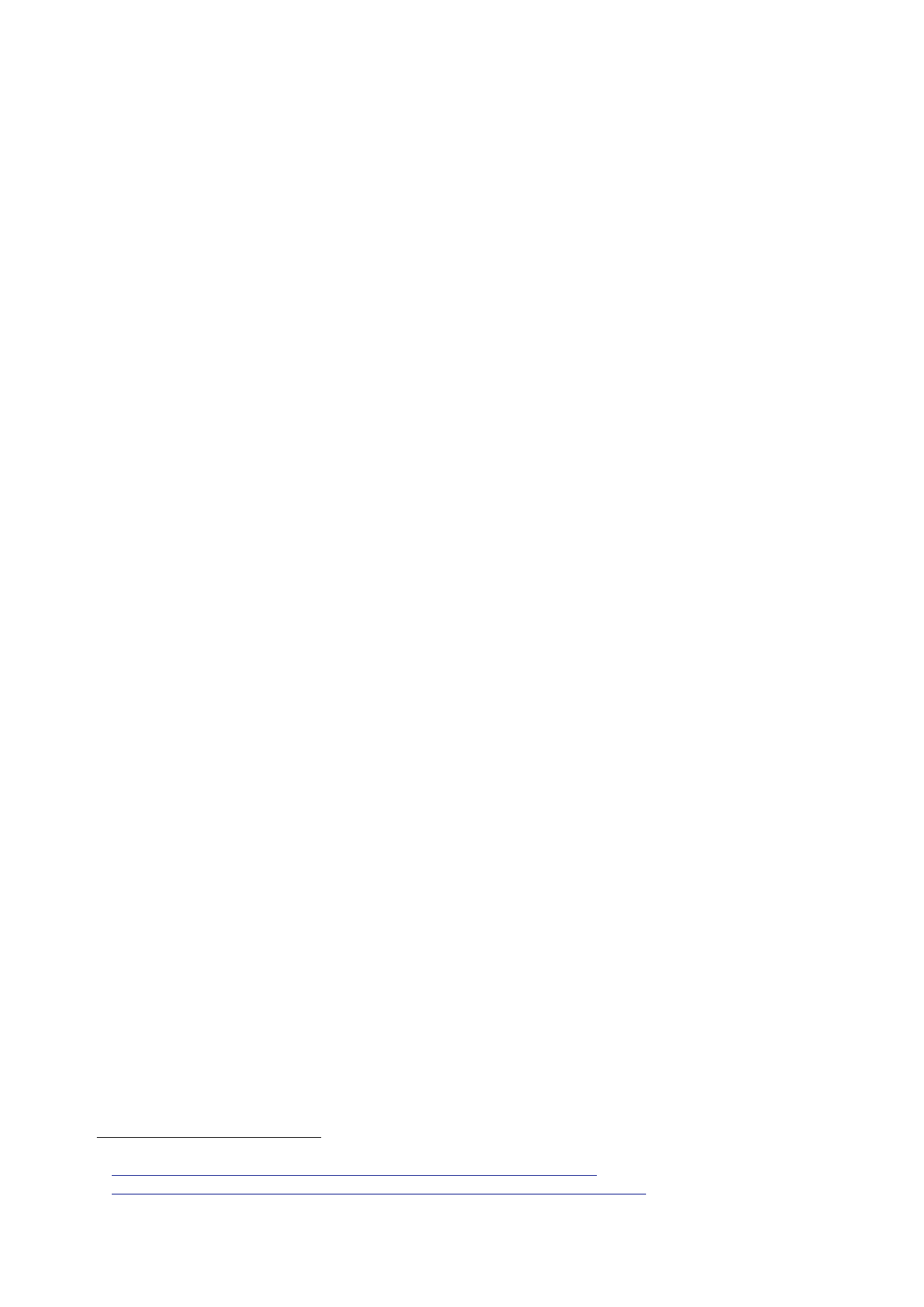
6.4 |
Planning and preparation for a post-Saddam Hussein Iraq, mid-2001
to January 2003
134.
The JIC
produced its Assessment, ‘Iraq: Saddam under the Spotlight’,
addressing
“Saddam’s
threat perceptions and internal position: whether he is secure,
what
opposition
he faces, and what he is doing to try and avoid the internal and
international
threats he
faces”, on 27 February.88
135.
The JIC
considered that it was “absolutely clear” that the Kurds and Shia
“would
not show
their hand until US resolve to overthrow Saddam”. There was “no
obvious
leader”
among those groups who was “capable of unifying the opposition” and
had
“credibility
and popular appeal inside Iraq”. No likely replacement for Saddam
Hussein
from within
the regime had been identified, but the JIC stated that, in the
event of
internal
change, it was “likely that any successor would be autocratic and
drawn from the
Sunni
military elite”.
136.
The DIS
issued a paper on possible US military options for removing
Saddam
Hussein on
5 March.
137.
The paper
reiterated that the only viable, long-term successor to
Saddam
Hussein
would come from within the Sunni security/military structure. A
US
attempt to
create a more equitable long-term distribution of power in Iraq
would
require
massive and lengthy commitment.
138.
At the request
of Air Marshal Joe French, Chief of Defence Intelligence (CDI),
the
DIS
produced a paper on 5 March examining US military options for
removing Saddam
Hussein
over the next 12 months.89
The paper
is described in more detail in Section 6.1.
139.
In the list of
key judgements, the paper stated:
“The UK
intelligence community has consistently assessed that the only
viable,
long-term
successor to Saddam will come from within the Sunni
security/military
structure.
Such a figure is unlikely to command popular support among the Shia
or
Kurdish
populations and would be forced (and probably inclined) to run Iraq
along
autocratic
lines. Iraq will remain a unitary state, but many of the long-term
problems
of Iraq
will not disappear with Saddam.”
140.
The paper
described the Iraqi opposition in exile:
“The Iraqi
National Congress (INC), based in London, remains the
main
umbrella
opposition grouping. Both Kurdish
factions (KDP [Kurdistan Democratic
Party] and
PUK [Patriotic Union of Kurdistan]) are represented along with
various
monarchist
and independent Shia factions. SCIRI [Supreme Council for
Islamic
Revolution
in Iraq] is not a member … Current INC ‘leader’ Ahmad Chalabi is
a
London-based
Iraqi Shia who is mistrusted by regional powers and many within
his
own
movement – he has little credibility in Iraq. Chalabi’s prominence
owes much
to his
success in handling the US media. Republican politicians … see him
as a
88
JIC
Assessment, 27 February 2002, ‘Iraq: Saddam under the
Spotlight’.
89
Paper DIS,
5 March 2002, ‘Politico Military Memorandum, Removing
Saddam’.
137
